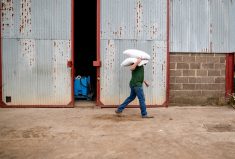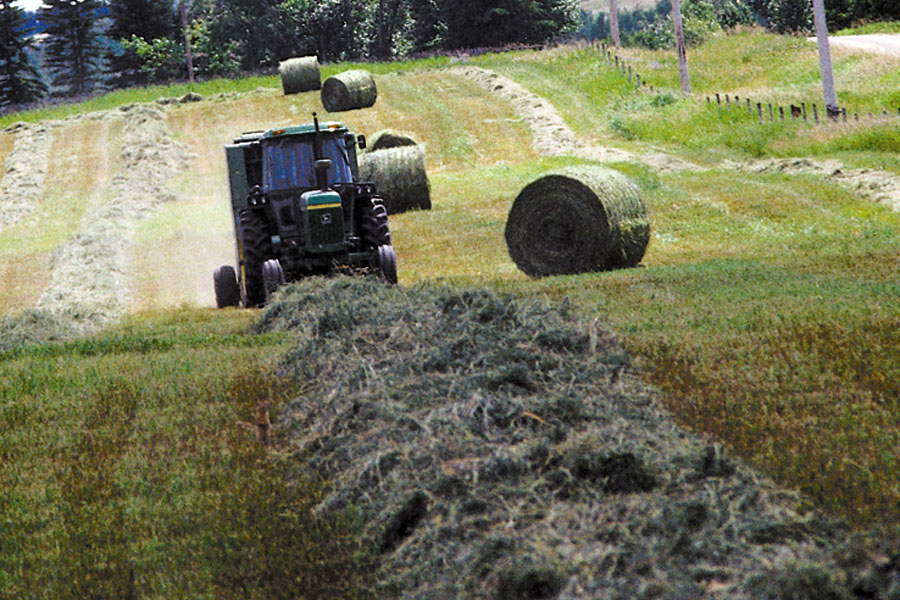Rural communities and farm incomes should benefit from provisions that Finance Minister Jim Flaherty was expected to unveil in his Jan. 27 budget, says Agriculture Minister Gerry Ritz.
Speaking to reporters Jan. 23, Ritz said the budget will focus on responding to the global economic slowdown by stimulating the economy, creating jobs and protecting the most vulnerable in society. Details on the particular measures would be in the budget or outlined after it is delivered.
For agriculture, there’ll be $500 million over four years in agriflexibility funding, which will help shore up incomes and assist farmers in adopting new production and environmental protection technology. There’ll also be $50 million over three years for beefing up the country’s slaughterhouse capacity, he said. Rural communities hit hard by the global recession will be able to tap into a $1 billion adjustment fund.
Read Also

Canada seventh on agri-food influence
Comparison of 19 G20 countries says Canadian agri-food needs investments, processing, action on retail consolidation to realize potential
“This government intends to keep its promises to our farm families,” Ritz said.
The flexibility funding would add to the scope of farm income safety net and help farmers cope with rising farm input costs and incorporate new technology.
He said it was similar in nature to a program requested by the Canadian Federation of Agriculture that would allow provinces to be flexible in how they assisted their producers. Ritz said CFA asked for $50 million “but we’re providing $500 million.” The program was agreed to in principle at last summer’s meeting of federal and provincial agriculture ministers but the details have yet to be ironed out.
He said support for slaughterhouses has become more important as the industry has suffered a drop in capacity in recent years. “A lot of it has slid south to the United States, but the COOL program and growing international demand for Canadian meat demonstrate the need to revi tal ize our packing industry.”
He said the community program would be similar to aid offered communities harmed by the slowdown in the forestry and mining sectors, he said.














